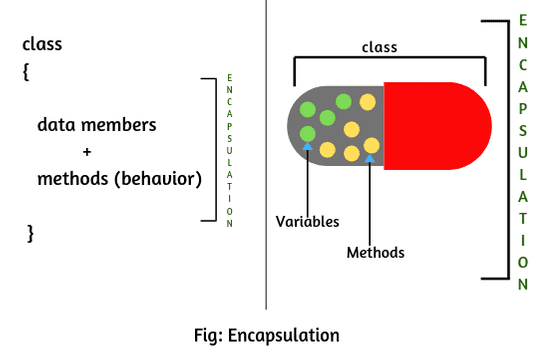The Power of Encapsulation and Role of Getter and Setter Methods

ENCAPSULATION Encapsulation in Java is one of the four fundamental Object-Oriented Programming (OOP) concepts. Encapsulation helps in hiding the internal state of an object from the outside world and only exposing the necessary functionalities or methods to interact with that state. This concept is implemented through access modifiers such as public, private, and protected in Java. Encapsulation is used for variables. Example:- Advantages of Encapsulation👇 Getters & Setters Getter and setter methods in Java are used to access and modify the private variables (fields) of a class. They are also known as accessor and mutator methods. Example:- 📌 Before java 8 we can use with direct private variable but after we can use with set method. Uses of 🅶 🅴 🆃 🆃 🅴 🆁 🆂 and 🆂 🅴 🆃 🆃 🅴 🆁 🆂 Method📝 ☝Allow you to control...
.jpeg)
.jpeg)
